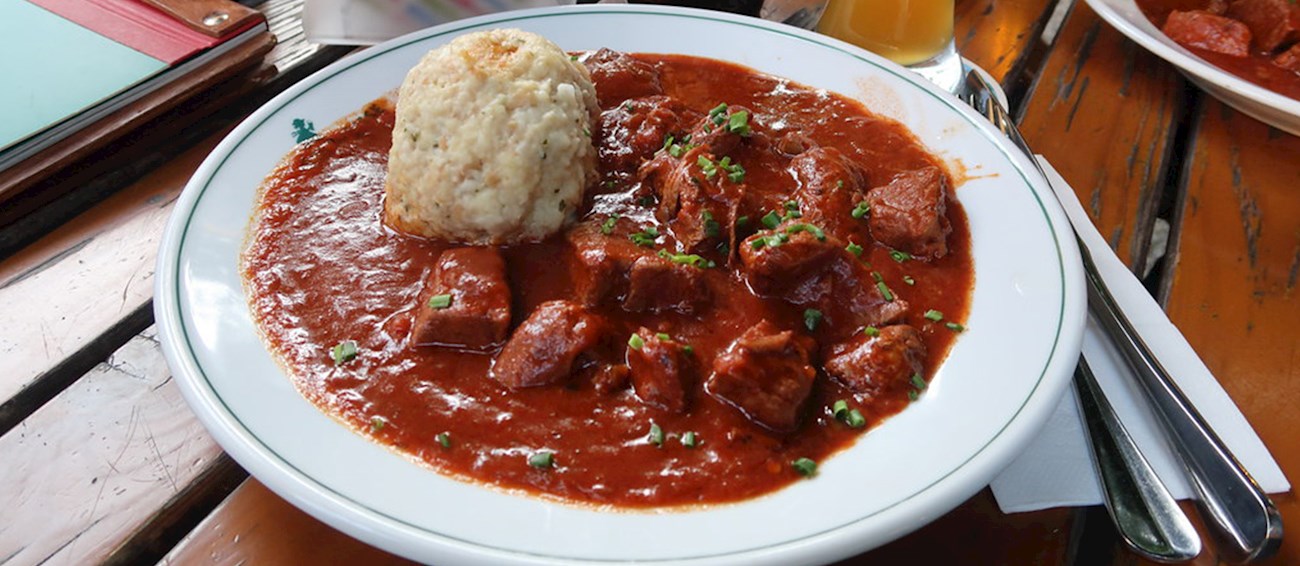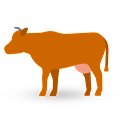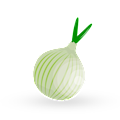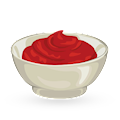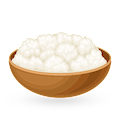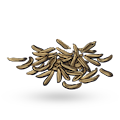MAIN INGREDIENTS
Regarded as the Austrian answer to Hungarian-style goulash, Wiener saftgulasch is a hearty stew that consists of diced lean beef drenched in a thick, flavorful gravy. Although it has evolved from the Hungarian version of the dish, Austrian beef goulash is believed to be a gourmet delicacy of its own kind.
It is usually prepared with beef (traditionally lean beef shank), onions, tomato paste, and lard, while the combination is typically flavored with vinegar, Hungarian paprika, bay leaves, marjoram, caraway, lemon zest, juniper berries, sugar, salt, and black pepper.
VARIATIONS OF Wiener Saftgulasch
Rindsgoulasch is an Austrian and German take on the Hungarian goulash that is considered a staple of Viennese cuisine. It is typically prepared with beef, onions, garlic, powdered paprika, tomato paste, caraway seeds, marjoram, vinegar, salt, and pepper.
And if done right, the meat should be tender and the gravy dark, smooth, and thick. Once all ingredients are sauteed, either water, stock, or red wine is added, and the goulash is cooked for hours until the meat is exceptionally tender. However, variations abound, and recipes usually differ in the number and type of spices used, the order in which the ingredients are added and sauteed, and the type of liquid used.
Fiakergulasch is a popular variation on the traditional Viennese goulash, or Wiener saftgulasch, as it is known in Austria. The dish is usually made with diced beef that is simmered in a flavorful sauce consisting of onions, tomato purée, garlic, water, vinegar, smoked paprika (hot and mild or sweet), bay leaves, marjoram, caraway seeds, salt, and pepper.
What distinguishes this version from other Viennese goulash versions is the choice of garnishes and accompaniments that are traditionally served with the beef stew. These include fried Wiener sausages (known as Frankfurter würstel in Austria), fan-cut pickled gherkins, bread dumplings or boiled potatoes, and a fried, sunny-side-up egg.
MAIN INGREDIENTS
Beuschel is one of the classics of Austrian cuisine. Often compared to a ragout, this hearty dish is made with offal, usually heart and lungs, and it is served in a delicious, dark brown sauce. Usually, calf offal is used in the dish, but other animals or organs can also be utilized.
Due to the consistency of the offal, beuschel is a time-consuming dish found only in traditional and notable Austrian restaurants. Even though it can be found in all parts of Austria, it is usually associated with Vienna and represents a real example of the old Viennese cuisine.
MOST ICONIC Beuschel
View moreParadeiskraut is a specialty of Burgenland cuisine, consisting of, as the name suggests, tomatoes (paradeis) and cabbage (kraut). This traditional dish is typically made by sautéing chopped white cabbage with caramelized onions and a handful of spices before the cabbage mixture is simmered with tomato paste (paradeismark) and tomato sauce.
The dish is usually seasoned with salt, pepper, and cumin, while the use of schmalz (lard) and einbrenn (flour browned in fat) contribute to its unique flavor. Often referred to as Apetloner paradeiskraut, this flavor-packed cabbage-and-tomato stew is particularly associated with Apetlon, where no feast or celebration is complete without a serving of warm paradeiskraut.
Erdäpfelgulasch is a traditional potato stew or goulash from Austria made by simmering potatoes in a rich sauce seasoned primarily with paprika, a spice central to many Central and Eastern European cuisines.
Other common ingredients include onions, garlic, and bell peppers, all contributing to the savory and comforting nature of the dish. While it often includes meat (typically beef or sausage, depending on regional preferences or personal taste), erdäpfelgulasch can be a fantastic vegetarian option, as potatoes are the main ingredient.
Böhmisches Schwammerlgulasch is a traditional stew originating from Vienna. It's usually made with a combination of mushrooms, carrots, celery, potatoes, scallions, shallots, chicken stock, white wine, sour cream, butter, paprika, bay leaves, juniper berries, caraway seeds, dill, lovage, vinegar, salt, and white pepper.
The shallots are sautéed in butter, then mixed with paprika, white wine, and all the vegetables and bay leaves. The mixture is covered with stock, seasoned with salt and pepper, and simmered until the broth becomes thick. Mushrooms are added to the pot, and juniper berries and bay leaves are removed.
MAIN INGREDIENTS
Lungauer schöpsernes is a traditional dish originating from the Lungau region. This hearty meal primarily consists of mutton or lamb cooked in a stew or prepared casserole-style. While the exact recipe can vary, common ingredients in Lungauer schöpsernes include mutton or lamb, potatoes, onions, garlic, and a variety of herbs and spices.
The meat is often marinated in a mixture of vinegar and water, sometimes with the addition of wine, and then stewed with the other ingredients until tender. The dish is typically served with local bread, making it a rich, satisfying meal that is particularly comforting in the cold Alpine winters.
TasteAtlas food rankings are based on the ratings of the TasteAtlas audience, with a series of mechanisms that recognize real users and that ignore bot, nationalist or local patriotic ratings, and give additional value to the ratings of users that the system recognizes as knowledgeable. TasteAtlas Rankings should not be seen as the final global conclusion about food. Their purpose is to promote excellent local foods, instill pride in traditional dishes, and arouse curiosity about dishes you haven’t tried.
